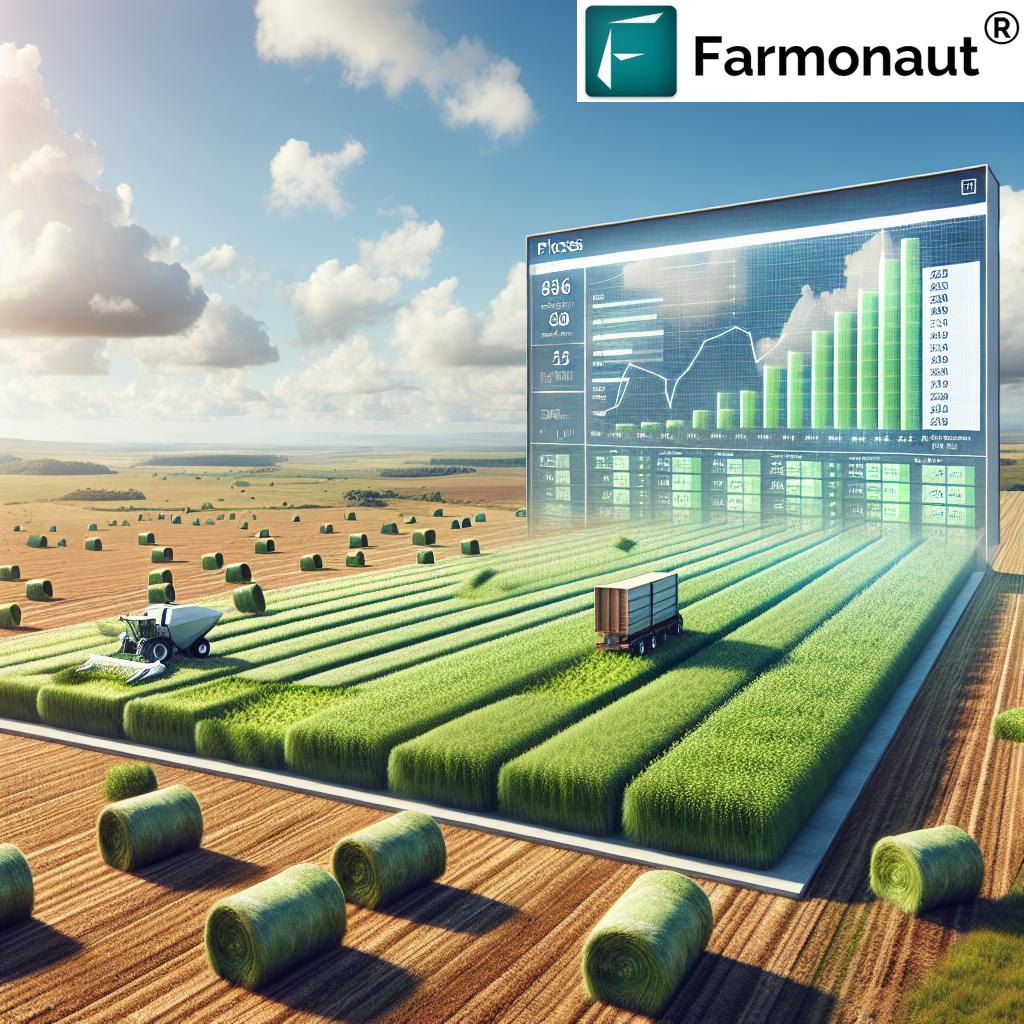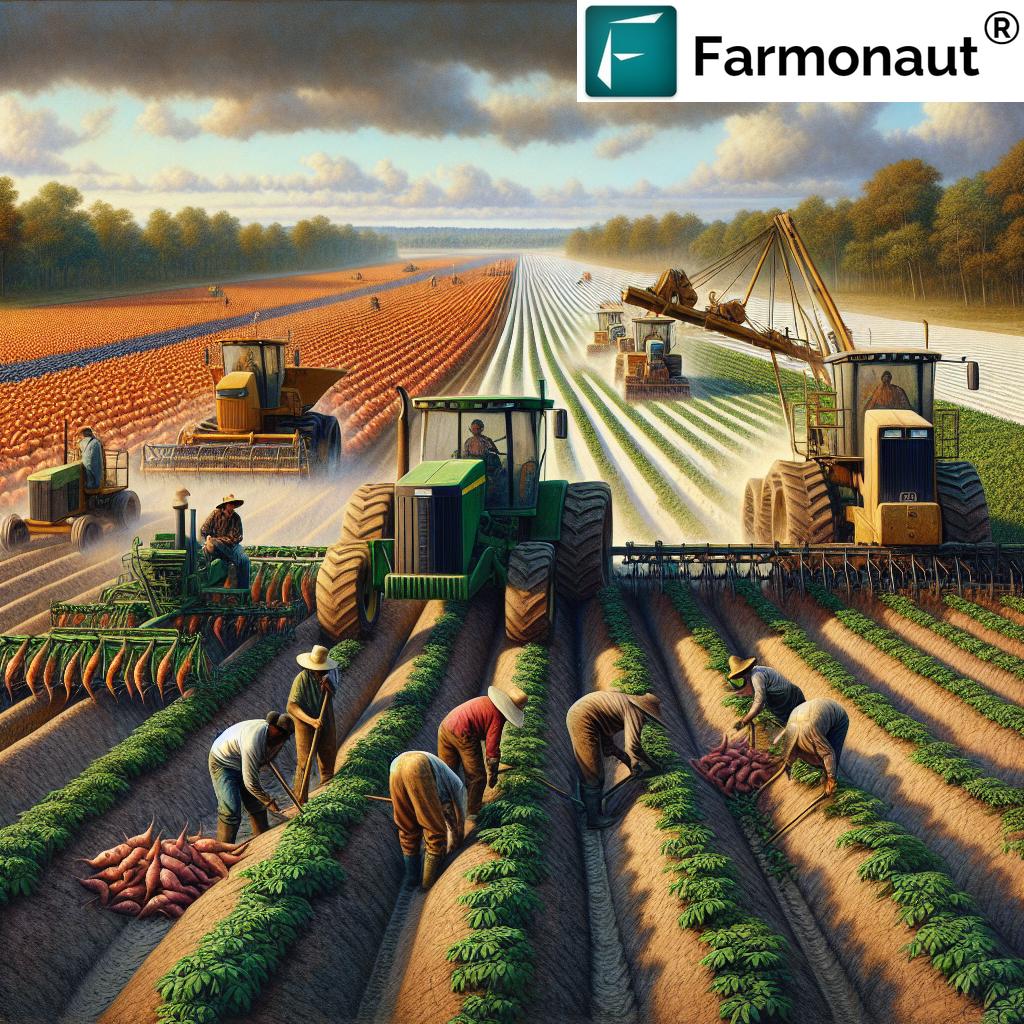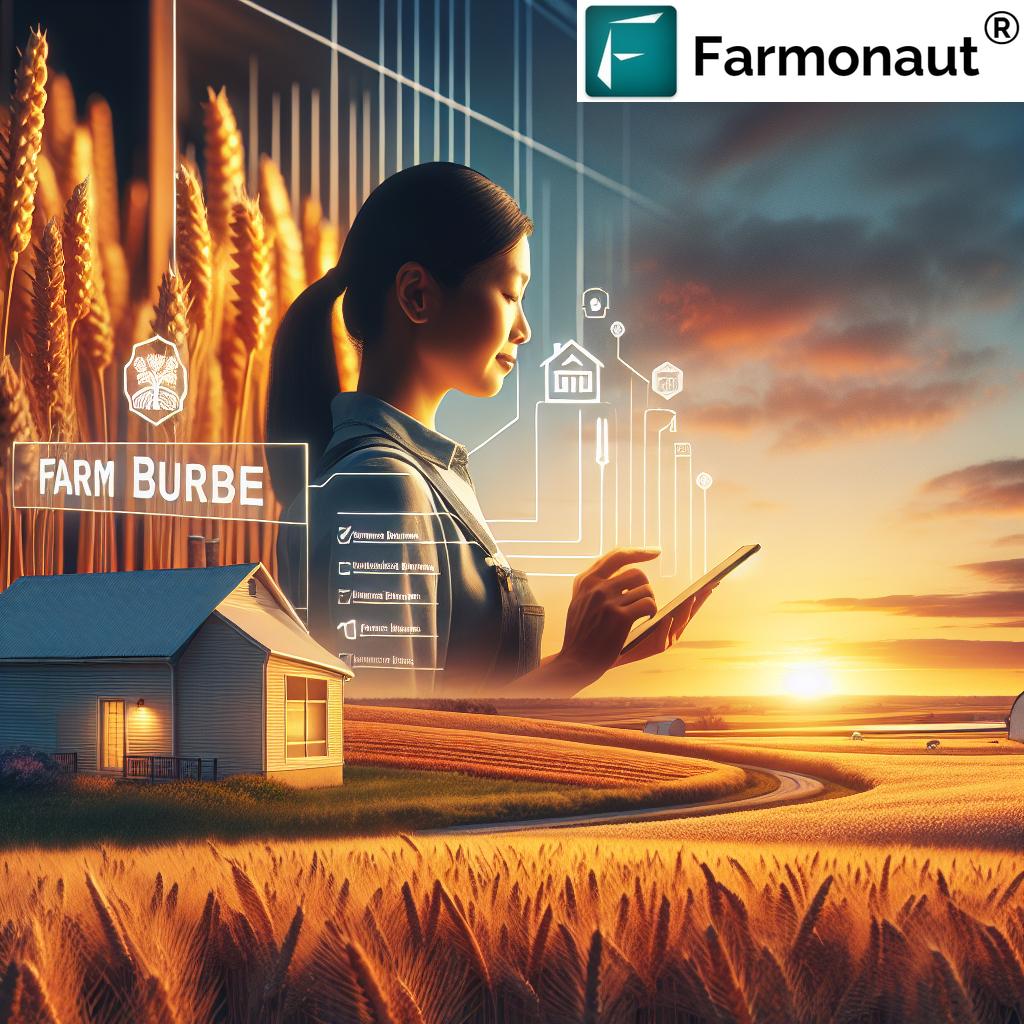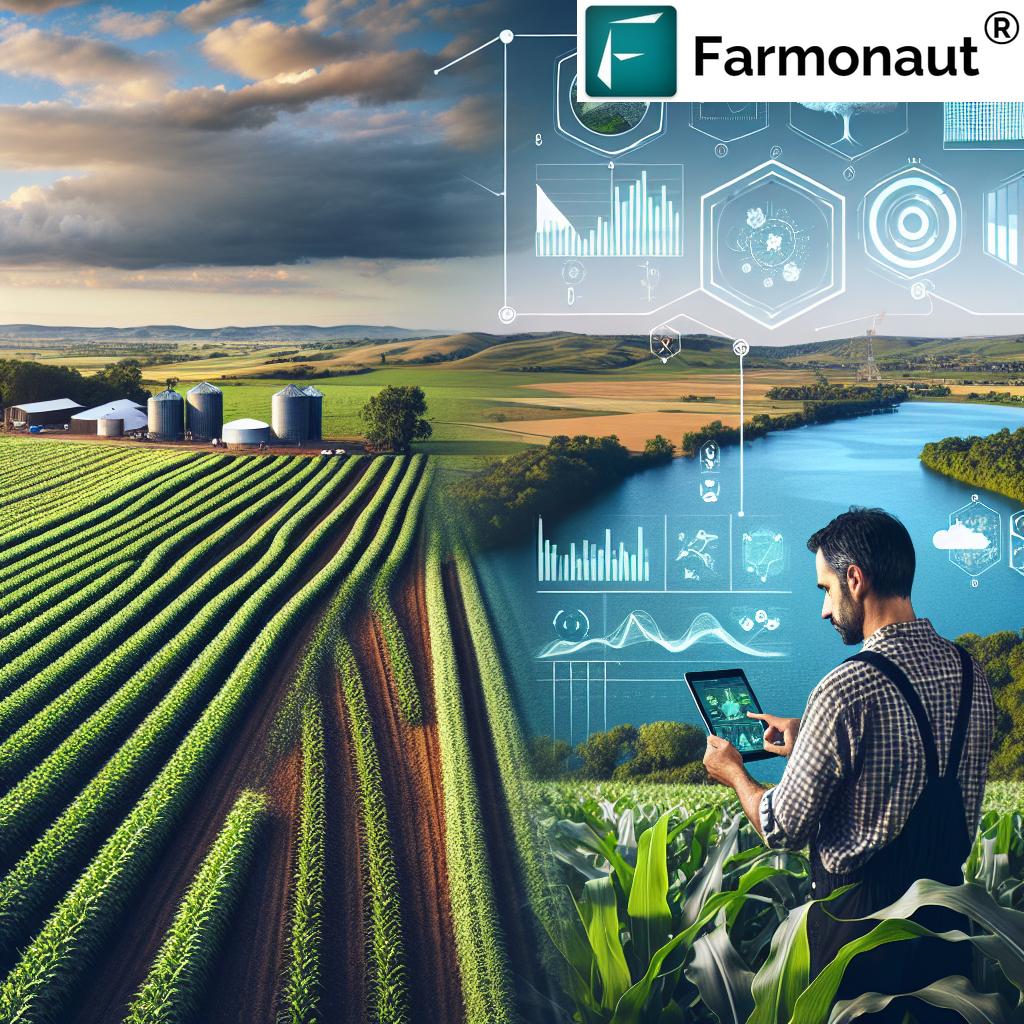Iroquois Valley Farmland REIT Stock & Farming Valley Guide: Sustainable Investment & Ecological Stewardship for 2025 and Beyond
Introduction: The Intersection of Farmland Investment & Sustainability
Sustainable agriculture, responsible land management, and ecological stewardship are fundamental themes shaping the future of our agricultural and investment communities. In 2025, an entity standing at the intersection of these pivotal trends is the iroquois valley farmland reit. As environmental pressures mount and consumer expectations evolve, the need for resilient agricultural systems has accelerated—driven by both ecological awareness and market forces.
In this comprehensive guide, we explore the iroquois valley farmland reit, its stock performance, and the integrated context of timber harvesting and valley farming across regions like Iroquois County, Illinois. This article dives deep into how sustainable farmland investment, innovative agricultural practices, and advanced monitoring solutions—such as those provided by Farmonaut—collectively drive the responsible stewardship of land for 2025 and beyond.
Iroquois Valley Farmland REIT: An Overview & Key Mission
The iroquois valley farmland reit is a real estate investment trust (REIT) specializing in acquiring and managing farmland with an ecological mission. Unlike conventional farmland investments that often prioritize short-term returns and commodity yields, this REIT is dedicated to advancing sustainable and regenerative agricultural practices.
Mission and Focus
- Promote Ecological Stewardship: The core mission revolves around improving soil health, increasing biodiversity, and supporting farming methods that reduce chemical inputs.
- Partnering with Farmers: Farmland parcels are typically leased to local farmers practicing organic and regenerative techniques.
- Long-Term Value: By emphasizing ecological, social, and economic sustainability, the iroquois valley farmland reit builds enduring value for communities and investors alike.
- Integrated Land Management: Assets often span both rich cropland and managed timberland, supporting versatile, resilient landscapes.
Headquartered in Iroquois County, Illinois, this entity operates across the U.S., yet remains deeply rooted in the fertile valleys of the Midwest—areas historically renowned for their productive soils and agricultural heritage.
Sustainable Farmland Investment in 2025 & Beyond
In 2025, sustainable farmland investment has risen to the top of both environmental and financial agendas. Several factors amplify the relevance of investing in farmland assets like those managed by iroquois valley farmland reit stock:
- Impact Investing: Investors increasingly demand investment opportunities that deliver measurable ecological and social benefits in addition to monetary returns.
- Diversification: Farmland as an asset class provides portfolio diversification, commonly acting as a hedge against inflation and volatility in tech or urban real estate markets.
- Resilience to Climate Change: The adoption of climate-smart practices (such as cover cropping, crop rotation, minimized tillage) supports landscape resilience and food system stability.
- Stable Returns: Historically, farmland investments have delivered stable, inflation-adjusted returns—an attractive feature as economic uncertainty looms.
The iroquois valley farmland reit occupies a unique position in this landscape, serving as an enabler for farmers transitioning to regenerative agriculture while giving investors direct access to an emerging market.
Why 2025 Is a Pivotal Year for Sustainable Farmland Investment
- Global Food Demand: Population growth is driving food demand, but arable land is finite. Investing in farmland ensures productive capacity, especially when managed responsibly.
- Climate Action: Adoption of carbon farming—practices that sequester atmospheric carbon into soils—is now a key carbon footprint reduction strategy for agricultural businesses, supported by robust monitoring solutions.
- Technology Integration: From fleet and machinery management to satellite-based large-scale farm management, the integration of technology into farmland operations enhances efficiency and data-driven decision-making.
Regenerative agriculture, once considered niche, has become mainstream—shaping the investment themes of 2025 and the economics of the world’s valleys and rural communities.
Timber Harvesting in Iroquois County, IL: Responsible Management
Rural landscapes like Iroquois County, Illinois, are traditionally known for their rich agricultural land, yet timber harvesting remains a vital complementary activity. In recent years, sustainable timber harvesting has been integrated into broader land management plans, amplifying both ecological and financial returns:
- Carbon Sequestration: Managed timberlands significantly enhance carbon capture, aligning with global climate goals and providing additional revenue streams via carbon markets.
- Biodiversity: Responsible timber harvesting supports habitat diversity, prevents soil erosion, and fosters resilient, multi-purpose rural landscapes.
- Diversified Income: By combining timber with crop production, landowners (and REITs) can diversify income, creating economic buffers against price volatility for single commodities.
- Soil & Water Management: Mixed land-use strategies—including strategic timber blocks—help maintain water quality and provide natural flood mitigation within farming valleys.
Sustainable Timber Harvesting Iroquois County, IL—2025 Update
Modern land management in Iroquois County follows comprehensive plans that schedule harvests, maintain tree cover ratios, and restore clearcut areas. This sustainability focus not only supports the environment but ensures that timber harvesting iroquois county il remains a viable part of rural economies throughout 2025 and beyond.
Integration with Farmland REITs
Many REITs, including the iroquois valley farmland reit, recognize timber’s role in holistic land stewardship. By managing both croplands and woodlands, these trusts become more resilient to climate risks while maximizing carbon sequestration potential. Such integration ensures that landowners and investors reap both environmental and financial rewards.
Farming Valley & The Significance of Valley Farming
The term farming valley or valley farming refers to agricultural practices in low-lying, fertile, often irrigated valleys. These landscapes are at the heart of global food production and, increasingly, the epicenter of regenerative agriculture.
- Rich Soils: Alluvial soils in valleys are generally nutrient-rich, retaining moisture and fostering robust crop yields.
- Favorable Microclimates: Valleys may benefit from moderated temperature swings and reduced wind exposure, further supporting diverse agricultural practices.
- Ecosystem Services: Natural wetlands, riparian buffers, and woodland fragments within these valleys provide water purification, pollinator support, and flood control.
Valley Farming and the Iroquois Valley Farmland REIT
The iroquois valley farmland reit recognizes the critical significance of these fertile regions across Illinois and the Midwest. By investing in farming valleys, the REIT enables crop production while strategically maintaining ecosystem health—a model increasingly sought after by investors and landowners alike.
Modern valley farming approaches now blend traditional wisdom with technological innovation, such as satellite-monitored carbon farming programs and digital traceability, creating transparency for consumers and retailers.
Advantages of Modern Valley Farming
- Precision Irrigation & Water Savings: Technology-powered irrigation mapping reduces water consumption, a key advantage for valley farming in water-stressed regions.
- Biodiversity Corridors: Riparian areas within valleys serve as natural corridors for wildlife, contributing to a higher biodiversity index.
- Risk Management: Valley farms benefit from natural drainage and flood protections, increasing their resilience against climate impacts.
To facilitate sustainable valley agriculture, advanced monitoring of soil health and resource management has become essential. Our Farmonaut team provides a multispectral satellite suite that enables real-time analysis for nutrient balance, crop growth, and water usage—empowering farmers, landowners, and investors to optimize returns while ensuring long-term sustainability.
Comparative Impact Table: Ecological & Financial Value
This comparative table demonstrates the benefits of sustainable farmland, timber harvesting, and valley farming versus conventional practices. It delivers at-a-glance insights into the ecological and economic advantages of regenerative approaches, supporting the central themes of this article.
| Farming Approach | Estimated Yearly ROI (%) | Estimated Carbon Sequestration (tons/acre/year) | Biodiversity Index (1–10) | Soil Health Rating | Water Usage (gallons/acre/year) |
|---|---|---|---|---|---|
| Sustainable Farmland Investment | 5.5–7% | 3.0–3.8 | 8–9 | Excellent | 120,000–180,000 |
| Timber Harvesting (Sustainably Managed) | 4.5–6% | 3.5–4.5 | 9–10 | Superior | 30,000–60,000 |
| Valley Farming (Regenerative) | 6–8% | 3.8–4.2 | 8–10 | Excellent | 110,000–160,000 |
| Conventional Row Crop (Mono-culture) | 4–5% | 0.5–1.2 | 4–5 | Moderate | 200,000–280,000 |
These figures showcase how adopting regenerative approaches within farmland and timber harvesting can meaningfully outpace conventional models in both ecological and financial returns, strengthening the investment thesis of the iroquois valley farmland reit.
Iroquois Valley Farmland REIT Stock: Market Performance & Trends
The iroquois valley farmland reit stock is drawing growing attention among a new wave of socially conscious investors and those seeking portfolio diversification beyond traditional tech and real estate markets. The stock’s performance reflects a broader industry trend toward “impact investing”—deploying capital for both financial return and positive social or environmental impact.
Key Trends in 2025:
- Steady Returns Amid Market Volatility: As urban markets become more volatile, asset classes based on tangible, productive land offer stability. Farmland, and especially REITs focused on it, are being used as hedging tools.
- Alignment with ESG Mandates: Environmental, Social, and Governance (ESG) investment mandates are now mainstream. Iroquois valley farmland reit stock delivers on ESG by combining responsible land management with support for regenerative agriculture.
- Diversification: Institutional investors are moving capital into agricultural / rural assets to offset city-centric exposure. This trend further supports long-term demand for high-performing farmland REITs.
- Transparency and Traceability: New investor requirements around transparency have led many to favor farmland with built-in tools for tracking sustainability milestones. Explore blockchain-based traceability solutions that create confidence in supply chain sustainability.
Factors that Enhance Iroquois Valley Farmland REIT Stock Value
- Support for Regenerative Farmers: Leasing to organic and regenerative farmers enhances value, as such farmland fetches higher rental rates and enjoys greater resilience to weather or market shocks.
- Capital Access for Farmers: By providing reliable lease terms, REITs help farmers secure funding and innovate. Meanwhile, investors gain exposure to the upside of improving management practices.
- Market Signals: Strong market demand for ethically produced food means tenants (farmers) typically face less risk of demand destruction, further stabilizing returns for REIT investors.
Those interested in the annual, impact-oriented ROI of farmland can explore new financing tools that verify crop health, tenure status, and field-level compliance using satellite-driven analytics. Satellite-based verification for loans and insurance is rapidly becoming industry standard by 2025, reducing risk and supporting productivity growth.
Farmonaut’s Role in Smart & Sustainable Farming
Satellite technology has transformed the agriculture and farmland investment landscape. As a pioneering company, we at Farmonaut offer advanced, affordable, and scalable tools—optimized for farmers, landowners, businesses, and governments—to support ecological stewardship and resource-efficient management.
Farmonaut’s Core Capabilities for Farmland Owners and Investors
- Satellite-Based Monitoring: Real-time crop and soil health analytics to guide variable inputs, preventing overuse of fertilizers and reducing run-off.
- AI-Powered Advisory: Our Jeevn AI system delivers actionable strategies for sustainable land management, enhancing productivity and minimizing waste in 2025.
- Blockchain Traceability: End-to-end supply chain traceability builds consumer trust and opens doors to premium markets, especially in organic and regenerative farming sectors.
- Environmental Impact Tracking: Satellite-estimated carbon footprinting and biodiversity reporting ensure compliance and support new revenue models like carbon credits.
- Fleet and Resource Management: With fleet and machinery optimization, rural businesses cut costs, improve efficiencies, and reduce environmental impacts.
- Large-Scale Farm Management: Satellite-supported farm management apps help oversee vast agricultural parcels, ensuring optimal crop planning, irrigation, and harvesting schedules.
- APIs and Integration: Connect with our farmonaut API or dive into detailed API developer documentation to embed smart monitoring into your existing workflows or applications.
Our platform is built on a scalable, subscription-based model and is available on Android, iOS, and via web access for seamless operation in the office or field.
With these solutions in place, farmland owners and investors can maximize returns, track ecological improvements, and secure enhanced value from sustainable practice adoption—within both iroquois county and beyond.
Looking Forward to 2025: Opportunities & Challenges
Sustainable land and farmland investment are poised to become even more mainstream in the coming years. As pressure mounts to provide food for a growing global population, adapt to climate change, and maintain biodiversity, the integration of regenerative farming, responsible timber harvesting, and valuation of valley farmland will only deepen.
- Rise in Regenerative Agriculture: By 2025, it’s forecast that double-digit growth in certified organic acreage and regenerative acreage will continue across Iroquois and other Midwest counties.
- Smarter Investment Vehicles: REITs like iroquois valley farmland reit will refine models, further enabling farmer access to sustainable finance while improving reporting for capital partners.
- Expanded Climate Initiatives: Carbon credits, ecosystem service payments, and biodiversity incentives are gaining traction, opening new cash flows for managed lands.
- Technology-Enabled Management: The use of inexpensive satellite and AI tools, such as those from Farmonaut, will be a baseline expectation for investment-grade farms in 2025, ensuring transparency, resilience, and accountability.
- Valley Regions as Hubs of Innovation: Farming valleys are set to become test beds for advanced cropping systems, sustainable irrigation solutions, and ecosystem restoration projects.
Looking ahead, balancing environmental and financial priorities will define successful land management. Forward-thinking investors, farmers, and landowners have more tools than ever to secure both returns and ecological benefits on their journey to resilient, responsible agriculture.
For those seeking to improve outcomes, drive innovation, or simply stay informed, the rural landscape—in Iroquois and beyond—offers a compelling blueprint for sustainable economic and ecological success.
FAQ: Iroquois Valley Farmland REIT, Timber & Valley Farming
-
What is Iroquois Valley Farmland REIT?
Iroquois Valley Farmland REIT is a real estate investment trust focused on acquiring, managing, and leasing farmland to organic and regenerative farmers. It promotes sustainable agriculture and delivers both environmental and financial returns to investors, particularly in regions like Iroquois County, Illinois. -
How does sustainable timber harvesting benefit landowners in Iroquois County, IL?
Managed timber harvesting increases carbon sequestration, maintains biodiversity, and generates diversified income streams for farmland owners. These sustainable practices support resilient ecosystem functions and economic stability within rural economies. -
Why is valley farming important in regenerative agriculture?
Valley farming leverages the natural fertility and unique microclimates of valleys, supporting high crop yields, superior soil health, and natural ecosystem services such as water filtration and flood control. This makes valleys key to the adoption of regenerative and sustainable farming models. -
How do investors benefit from Iroquois Valley Farmland REIT stock?
Investors gain direct exposure to organic farmland managed for long-term sustainability, stable returns, and environmental impact. The REIT’s focus on regenerative practices and robust tenant partnerships leads to differentiated performance compared to traditional REITs. -
What is the future of farmland investment and sustainable agriculture?
By 2025 and beyond, sustainable and technological advancements—such as satellite monitoring and blockchain traceability—will support transparent, resilient, and profitable agriculture. Innovations will continue to blend ecological outcomes with financial objectives across fertile valleys and rural counties.
Conclusion: Building A Resilient Agricultural Future
The convergence of sustainable farmland investment, responsible timber harvesting, and the strategic use of valley farming terrains is reshaping American agriculture in 2025. The iroquois valley farmland reit exemplifies how vision, stewardship, and innovation can work in concert to secure both economic and ecological value—for current and future generations.
By supporting farmers, empowering landowners, and aligning with impact-oriented investors, the REIT stands at the forefront of resilient agricultural economies. Simultaneously, tools like Farmonaut’s large-scale farm management solutions and real-time carbon tracking give all stakeholders—farmers, rural businesses, and financial institutions—the insights needed to make data-driven, sustainable decisions.
As rural regions like Iroquois County lead the way, investors, farmers, and communities alike have a blueprint for the future: one that enhances returns while safeguarding the natural assets that sustain us all. The next era of agriculture will be defined by those willing to blend innovation, stewardship, and investment—for thriving food systems and rural landscapes.
For even more smart farming tools, visit our Carbon Footprinting, Product Traceability, Crop Loan and Insurance, Fleet Management, and Large Scale Farm Management resources.
Ready to integrate satellite-driven insights into your agriculture? See our API page or access developer docs now.
The future of land management relies on bold, informed, and sustainable action. Join us as we build the resilient, productive, and ecologically rich rural landscapes of tomorrow.














